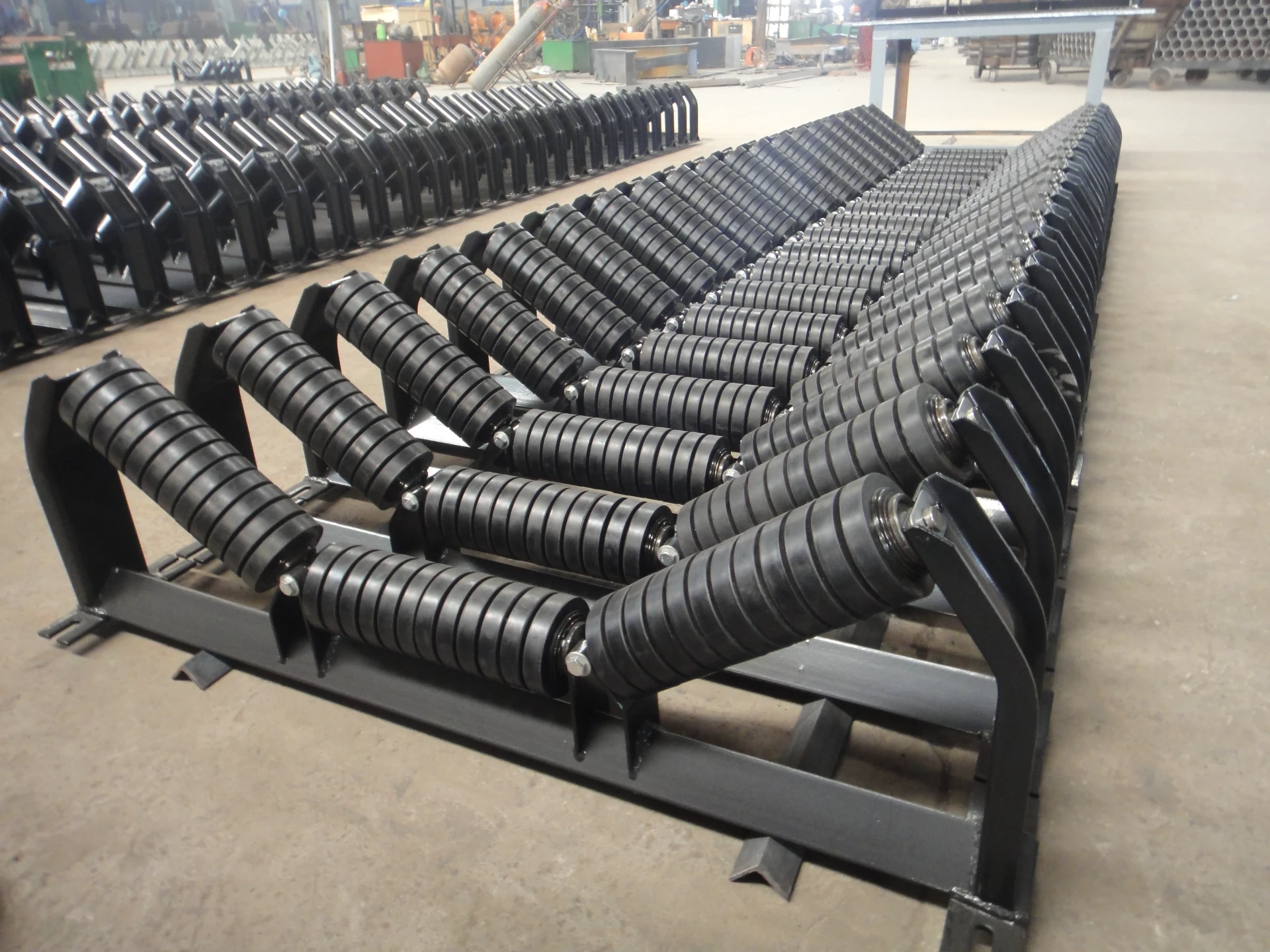 Afrikaans
Afrikaans  Albanian
Albanian  Amharic
Amharic  Arabic
Arabic  Armenian
Armenian  Azerbaijani
Azerbaijani  Basque
Basque  Belarusian
Belarusian  Bengali
Bengali  Bosnian
Bosnian  Bulgarian
Bulgarian  Catalan
Catalan  Cebuano
Cebuano  Corsican
Corsican  Croatian
Croatian  Czech
Czech  Danish
Danish  Dutch
Dutch  English
English  Esperanto
Esperanto  Estonian
Estonian  Finnish
Finnish  French
French  Frisian
Frisian  Galician
Galician  Georgian
Georgian  German
German  Greek
Greek  Gujarati
Gujarati  Haitian Creole
Haitian Creole  hausa
hausa  hawaiian
hawaiian  Hebrew
Hebrew  Hindi
Hindi  Miao
Miao  Hungarian
Hungarian  Icelandic
Icelandic  igbo
igbo  Indonesian
Indonesian  irish
irish  Italian
Italian  Japanese
Japanese  Javanese
Javanese  Kannada
Kannada  kazakh
kazakh  Khmer
Khmer  Rwandese
Rwandese  Korean
Korean  Kurdish
Kurdish  Kyrgyz
Kyrgyz  Lao
Lao  Latin
Latin  Latvian
Latvian  Lithuanian
Lithuanian  Luxembourgish
Luxembourgish  Macedonian
Macedonian  Malgashi
Malgashi  Malay
Malay  Malayalam
Malayalam  Maltese
Maltese  Maori
Maori  Marathi
Marathi  Mongolian
Mongolian  Myanmar
Myanmar  Nepali
Nepali  Norwegian
Norwegian  Norwegian
Norwegian  Occitan
Occitan  Pashto
Pashto  Persian
Persian  Polish
Polish  Portuguese
Portuguese  Punjabi
Punjabi  Romanian
Romanian  Russian
Russian  Samoan
Samoan  Scottish Gaelic
Scottish Gaelic  Serbian
Serbian  Sesotho
Sesotho  Shona
Shona  Sindhi
Sindhi  Sinhala
Sinhala  Slovak
Slovak  Slovenian
Slovenian  Somali
Somali  Spanish
Spanish  Sundanese
Sundanese  Swahili
Swahili  Swedish
Swedish  Tagalog
Tagalog  Tajik
Tajik  Tamil
Tamil  Tatar
Tatar  Telugu
Telugu  Thai
Thai  Turkish
Turkish  Turkmen
Turkmen  Ukrainian
Ukrainian  Urdu
Urdu  Uighur
Uighur  Uzbek
Uzbek  Vietnamese
Vietnamese  Welsh
Welsh  Bantu
Bantu  Yiddish
Yiddish  Yoruba
Yoruba  Zulu
Zulu conveyor impact bars
Understanding Conveyor Impact Bars Enhancing Material Handling Systems
In the world of material handling, conveyor systems are essential for the efficient transport of goods in various industries, including manufacturing, logistics, and food processing. One critical component of these systems is the conveyor impact bar, which plays a vital role in ensuring the effective and safe transfer of materials. This article explores the significance of conveyor impact bars, their design features, and their benefits in material handling operations.
What are Conveyor Impact Bars?
Conveyor impact bars are specialized components installed at the loading areas of conveyor systems. Typically positioned on the conveyor bed or beneath the conveyor belt, these bars are designed to absorb the energy generated when materials are dropped onto the conveyor. This drop impact can lead to damage not only to the conveyor belt but also to other structural components of the conveyor system. Impact bars serve as a protective layer that mitigates this damage, extending the lifespan of the entire conveyor system.
Design and Construction
The design of conveyor impact bars is crucial for their functionality. These bars are usually made from high-density rubber or polyurethane, materials chosen for their excellent shock-absorbing properties. This cushioning effect protects the conveyor belt from wear and tear caused by heavy loads. Impact bars are constructed with a robust and resilient design that can withstand varying loads and operational conditions.
In addition to material selection, the design of the bars includes features such as mounting holes for easy installation and adjustment. Many modern impact bars are engineered with a tapered shape, which helps to guide the material smoothly onto the conveyor belt, reducing the chance of blockage or misalignment. The length and width of the impact bars can be customized to fit different conveyor systems, allowing for versatility across a wide range of applications.
Benefits of Conveyor Impact Bars
conveyor impact bars

1. Increased Protection The primary benefit of conveyor impact bars is the protection they provide to the conveyor belt and surrounding components. By absorbing shock from dropped materials, they prevent premature wear, reducing the frequency of maintenance and replacement.
2. Enhanced Safety Impact bars improve the overall safety of the material handling process. A well-functioning conveyor system minimizes the risk of accidents caused by belt failures or material spillage.
3. Reduced Noise The installation of impact bars can significantly reduce noise levels associated with material drops, contributing to a quieter working environment. This is particularly beneficial in settings where noise regulations must be observed.
4. Cost-Effective Solution While the initial investment in high-quality impact bars may seem significant, the reduction in maintenance costs and the extended lifespan of the conveyor system ultimately lead to savings. Furthermore, minimizing downtime due to belt damage results in a more efficient operation.
5. Improved Material Flow By providing a smooth transfer point for materials, impact bars help maintain a consistent flow on the conveyor system. This is essential for high-speed operations where any disruption can lead to delays and reduced productivity.
Conclusion
Conveyor impact bars are an essential component of modern material handling systems. Their ability to absorb shock, protect the conveyor belt, and enhance safety makes them invaluable, particularly in industries that deal with heavy or bulk materials. By investing in high-quality impact bars, businesses can enjoy a more reliable and efficient conveyor system, ensuring smooth operations and ultimately better productivity. In a competitive market where efficiency is critical, understanding and implementing effective solutions like conveyor impact bars can make all the difference in maintaining operational excellence.
-
Revolutionizing Conveyor Reliability with Advanced Rubber Lagging PulleysNewsJul.22,2025
-
Powering Precision and Durability with Expert Manufacturers of Conveyor ComponentsNewsJul.22,2025
-
Optimizing Conveyor Systems with Advanced Conveyor AccessoriesNewsJul.22,2025
-
Maximize Conveyor Efficiency with Quality Conveyor Idler PulleysNewsJul.22,2025
-
Future-Proof Your Conveyor System with High-Performance Polyurethane RollerNewsJul.22,2025
-
Driving Efficiency Forward with Quality Idlers and RollersNewsJul.22,2025





























